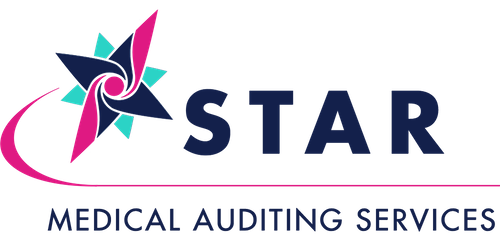Understanding G-Codes
Why G-Codes Are So Complicated—and How to Make Sense of Them
G-codes can feel like a moving target. Unlike CPT codes, which follow more standardized, clinical usage, G-codes are created by CMS to fill policy gaps—making them less about what happened and more about when, why, and under whose rules.
Here’s what makes them tricky—and how to navigate them effectively.
Why G-Codes Are Harder to Work With
1. They’re Policy-Driven, Not Procedure-Based
G-codes exist where CPT falls short—like for chronic care management, virtual check-ins, or temporary pilot programs. They’re tied to specific CMS initiatives, timeframes, and documentation rules. If you’re not watching CMS updates closely, you can easily miss when a code becomes required or discontinued.
2. Modifiers Are Often Mandatory—But Not Obvious
Many G-codes require modifiers like GP, KX, or CH–CN. But CMS doesn’t always say that outright in the code description. You often have to dig into MLN articles, payer policies, or MAC websites just to bill correctly—slowing you down and increasing the risk of error.
3. Coverage Rules Aren’t Consistent
While G-codes are CMS-created, commercial payers and even Medicare Advantage plans don’t always accept them. Some require CPT equivalents. That means a G-code that’s valid under traditional Medicare might be denied elsewhere.
Bottom line: G-codes live in the gray zone between coding and policy. You’re not just coding the service—you’re coding the circumstances under which it was delivered.
How to Get G-Codes Right
1. Know What G-Codes Are For
G-codes (HCPCS Level II) are typically used for services outside CPT, such as:
Functional status reporting (e.g., G8978–G8999)
Telehealth or virtual visits (e.g., G2010, G2012)
Preventive screenings or specific therapy services
They’re always tied to CMS policies—and usually require modifiers to indicate how or why the service was provided.
2. Use the Most Current CMS Guidelines
G-codes change often. Always check:
Medicare Learning Network (MLN) articles
NCCI edits
Program-specific fact sheets (especially for COVID or pilot programs)
3. Match Code to Documentation—Exactly
Make sure the service matches every detail in the G-code definition. For instance, G0442 (alcohol screening) is only valid if the criteria for alcohol misuse screening in adults are met. It’s not interchangeable with other substance screenings.
4. Don’t Miss Required Modifiers or Billing Limits
Modifiers clarify details like:
Stage of care (e.g., CH–CN for therapy goals)
Service type (e.g., telehealth)
Provider type or location
Frequency limits (e.g., preventive G-codes often have annual caps)
If you skip the right modifier, the claim may get denied—even if the code itself is correct.
5. Always Check Payer-Specific Rules
Just because CMS accepts a G-code doesn’t mean your MAC or commercial payer does. Check:
Local Coverage Determinations (LCDs)
Commercial payer manuals
MAC guidance on use, frequency, and documentation requirements
Lastly:
Treat G-codes like mini policy statements. They’re not just about what you did—they’re about when, how, and under what CMS rule you did it.
STAR Medical Auditing Services can help you with all of your coding needs, including G-codes, CPT and ICD-10 codes, modifiers and HCPCS codes. Reach out today to learn more!
